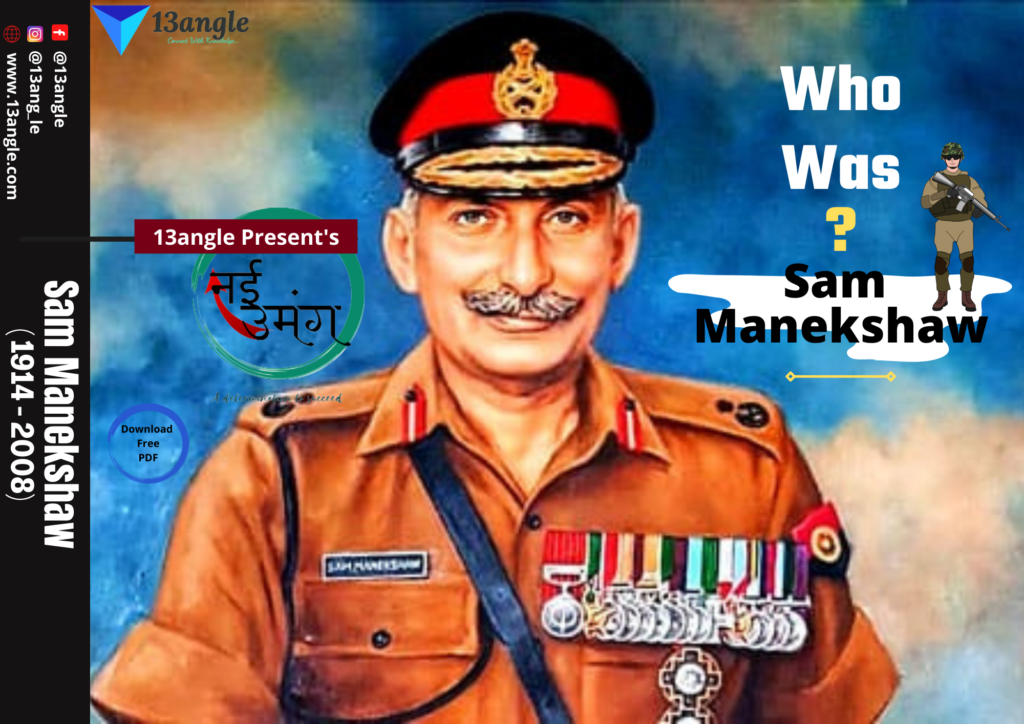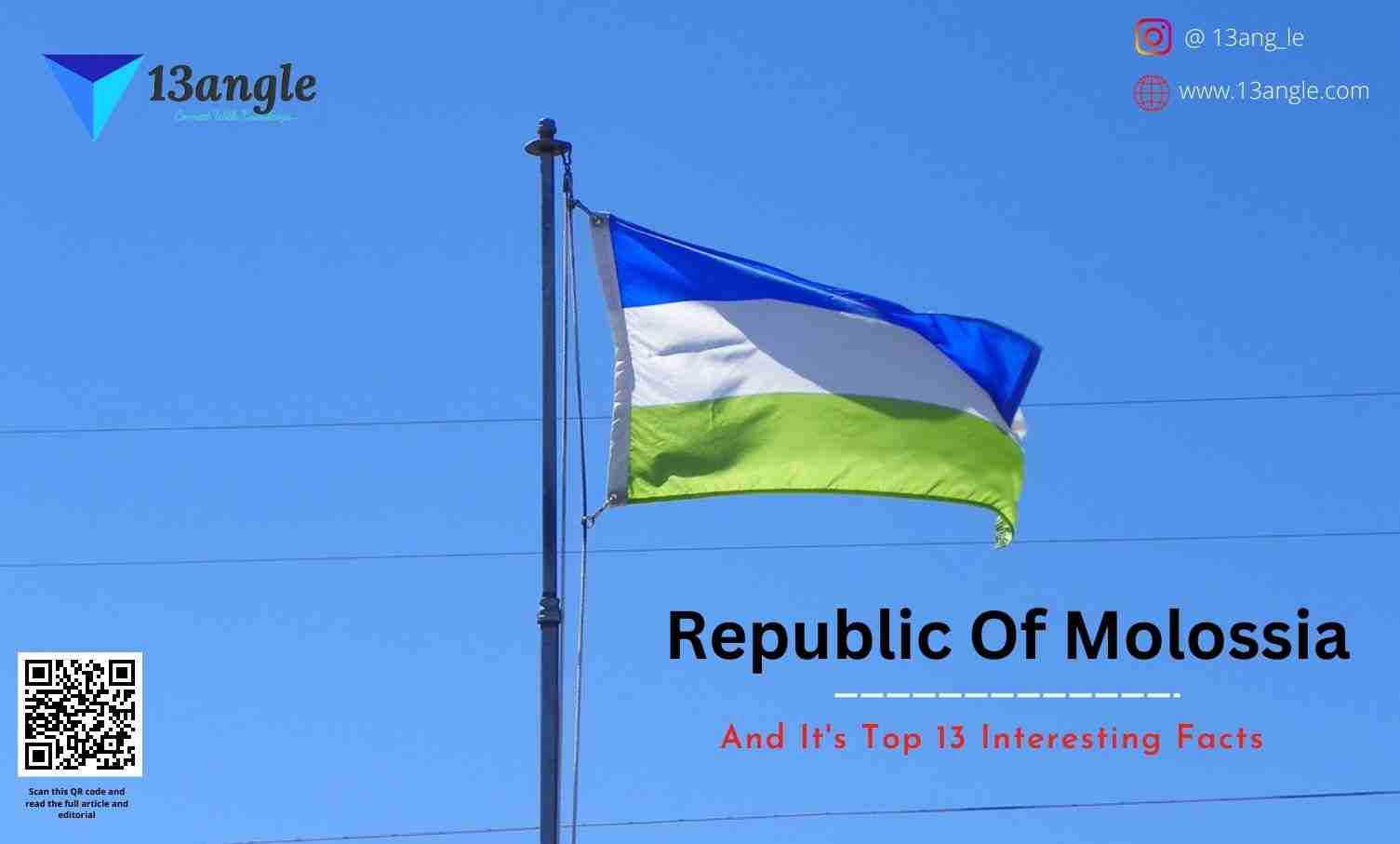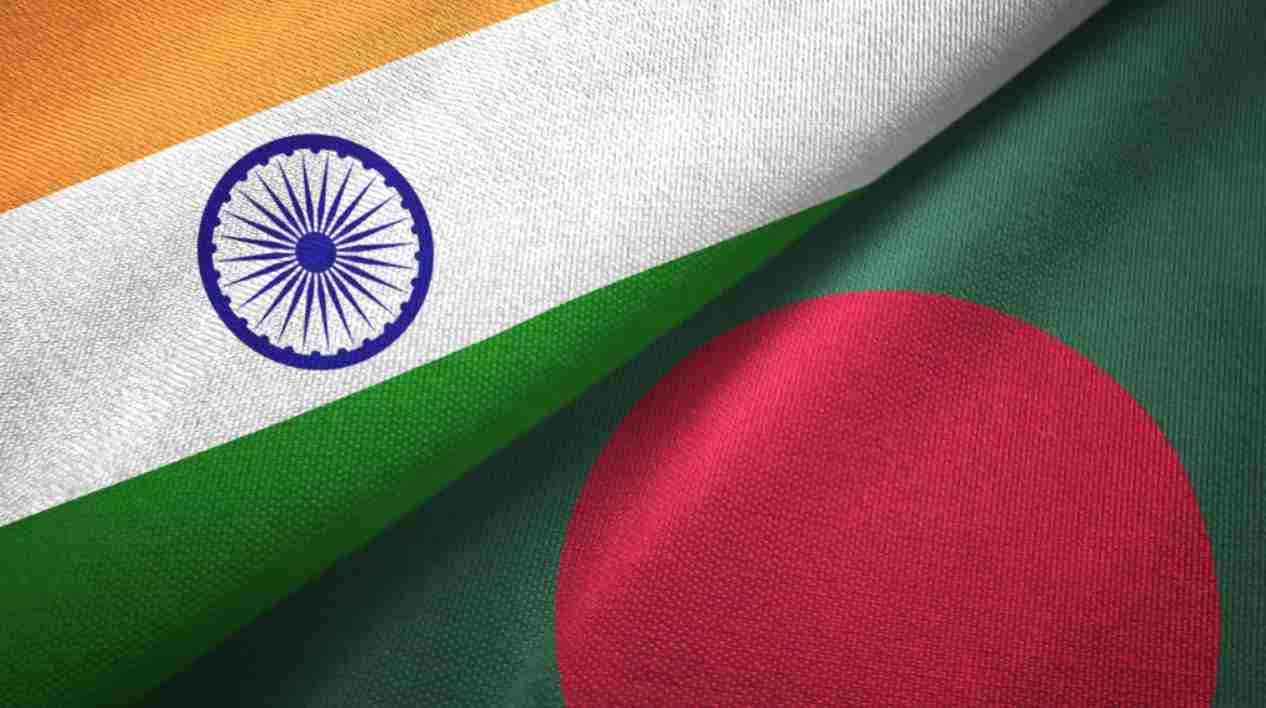
Neighboring States
Bangladesh is nestled within the borders of India and surrounded by the Bay of Bengal ocean in its south. Since the inception of Bangladesh in 1971, the two countries have shared a close, historic and significant relationship. Not only do these two nations share borders but also an important role in international politics, regional cooperation, and culture.
It is vital to understand and see the evolution and history of the strategic relationship between India and Bangladesh through the years and try to analyze the nature, implications, and way forward for these two sister states.
In this article, we shall try to look at the good, bad, and better aspects of this relationship.
Birth Of The Two States
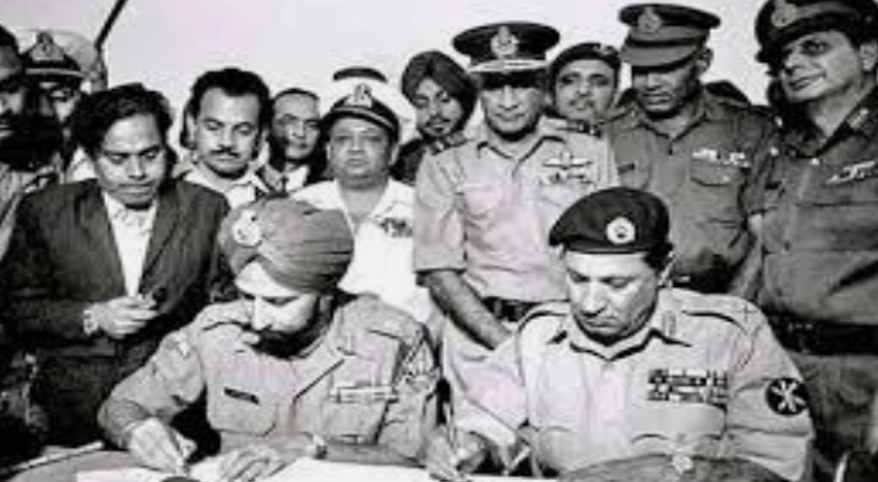
In undivided India, many states and regions were together without any clear jurisdiction and borders. Undivided India consisted of modern-day Pakistan, Bangladesh, Afghanistan, and parts of Tibet. India has witnessed Partition not once but twice. The partition of Bengal in 1905 created grave consequences that further led to the formation of Bangladesh later.
The big presidency of Bengal was divided into two parts; the Muslim majority East Bengal with Dacca as the caption and the Hindu majority West Bengal. This step was seen as a blow to curtail the rise of nationalism in Bengal.
Further, in 1947, the Indian subcontinent was divided into two nations; India with a Hindu majority, and Pakistan with a Muslim majority. Pakistan consisted of East and West Pakistan even though the people of East Pakistan spoke in Bengali. This created a sense of discontentment among the people. Not only was it geographically impractical to govern a state but also it did not suit the economic and military interests. It was seen as an external threat for India to be surrounded by Pakistani forces on both sides.
The Bengali-speaking people of East Pakistan were not content with the imposition of the Urdu language in its official and academic places. What the Pakistani government failed to realize is that only unity in language cannot be a factor in forming a nation. Self-determinism for forming a nation. Language plays an important role in the emotional and spiritual connection of people. The concept and idea of mother tongue and motherland compelled the Bengali people to start protesting and revolting against the authoritative government. The discontent grew, and major riots started appearing on the streets of Dhaka.
The most important incident took place on 21st February 1952. A group of students were protesting in defiance of section 144 at the Dhaka University premises. After the police gave a warning, the students still refused to give in. The police were then ordered to open fire and several students were martyred in this firing. The day is commemorated as ‘Amor ekushey’.
Later in the late 1960s, the relationship between India and Pakistan became strained. When Pakistan started mobilizing the army in Bangladesh and India became alert. Under the excellent leadership of Mrs Indira Gandhi, she went against the order of the USA, and India started preparing its army Western side too. India never directly helped the freedom fighters of Bangladesh but gave military training to the armless people of Bangladesh. This gave a huge boost to them who ultimately emerged victorious in the war. Their freedom leader Mujibur Rahaman gave the leadership and moral boost to the people. This was how Bangladesh was formed.
Energy And Trade Relations
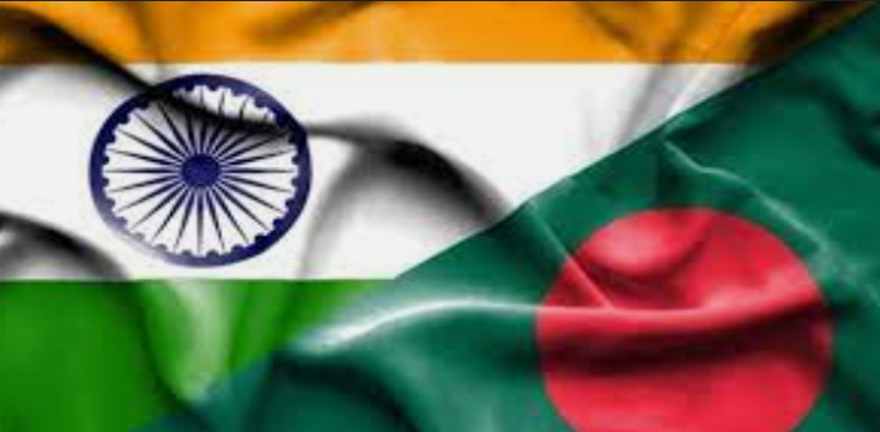
The importance of improving trade flows between India and Bangladesh is not only beneficial to them but to the whole SAARC region, given that Bhutan and Nepal utilize Bangladesh ports as gateways to trade outside the region. Bangladesh’s overall exports are dominated by labor-intensive manufacturing and its imports to India by primary commodities. The shares of manufactured goods in the country’s overall export were about 92 and 91 percent in 2001 and 2011 respectively. However, the composition of bilateral trade between these two countries has been changing over time.
The addition and removal of the list of products of the trade basket is a usual process. Consistent products in the trade basket of Bangladesh are ready-made garments and seafood, whereas those of India are raw cotton, cereals, and products and machinery of iron and steel. The expansion of trade of these countries with the outside world, but not with each other confirms the prevalence of certain barriers, physical or non-physical in nature, rendering many potential products remain untraded. India and Bangladesh being geographically proximate to each other possess huge scope to trade. Specifically, as both, countries are rich in natural resources and are competent in the production of small-scale manufacturing and agrarian supplies, mostly from the eastern parts of India and Bangladesh, both possess huge potential for bilateral trade.
Many items having high trade potential are still not able to get market exposure in the neighboring country because of various non-tariff barriers prevailing in the current trade scenario, which have hiked up the cost of doing business to unacceptable proportions and as most of the highly tradable products are still kept under the sensitive lists of Bangladesh.
The geographical proximity of India to Bangladesh has made it one of its biggest trading partners. Bangladesh is the 6th largest trade partner of India.
India has provided duty-free quota-free access to Bangladesh on all tariff lines except tobacco and alcohol under the South Asian Free Trade Area (SAFTA) since 2011.
The bilateral trade between the two countries has jumped to USD 18.2 billion in 2021-22 as compared to USD 10.8 billion in 2020-21.
6 Border Haats (4 in Meghalaya and 2 in Tripura), have been approved by the Indian and Bangladesh governments.
Energy sector cooperation between India and Bangladesh has also seen considerable progress in the last few years.
The India-Bangladesh Friendship Pipeline Project, signed in 2018, will connect Siliguri in West Bengal in India and Parbatipur in the Dinajpur district of Bangladesh.
- India and Bangladesh have also signed the Framework of Understanding (FOU) on Cooperation in the Hydrocarbon Sector.
Regional Cooperation’s
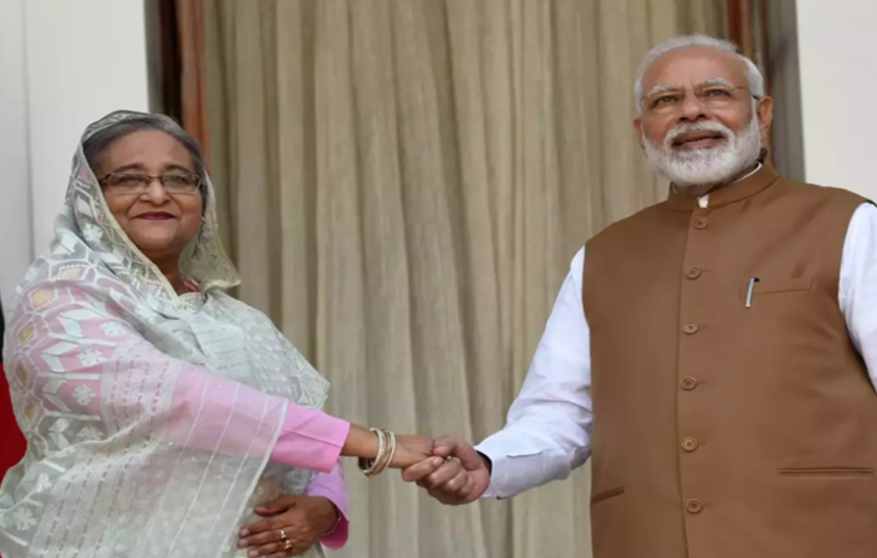
India and Bangladesh are common members of several regional organizations. Both being South Asian nations, they play a major role in trade and culture.
At the Summit in Dhaka on Saturday, Sheikh Hasina requested Narendra Modi for additional road and railway connectivity links to Nepal as well as rail links to Bhutan via Indian territory. Modi on his part sought cooperation in establishing connectivity between Guwahati and the Chattogram Port that would boost Assam’s connectivity with the ASEAN and beyond.
According to an article by the Observer Research Foundation, the meeting of Shri. Narendra Modi and Sheik Hasina in September this year are historic and remarkable.
‘The ease with which Hasina and PM Narendra Modi engaged with each other — lauding each other’s contribution but also warning about the impending challenges’ — is a tribute to the investment that the two leaders have made in this vital relationship. Hasina remains confident that with PM Modi at the helm, India, and Bangladesh can resolve all existing problems. PM Modi underlined Bangladesh’s special place in the Indian foreign policy matrix as its biggest development and trade partner in the region.
This can rightfully be described as the golden age in Delhi-Dhaka ties. During this visit, seven Memorandums of Understanding (MoUs) were signed across a wide-ranging set of issues, including connectivity, trade, commerce, security, border management, and lines of credit. Bilateral ties are doing well and are on a strong footing. But beyond MoUs and pacts, there is genuine warmth for Hasina in India across segments and that was reflected in her outreach engagements. Her investment in India has been significant and paid off despite some in her country deriding her as a “proxy of India”. And, PM Modi has reciprocated by making Bangladesh the centerpiece of his government’s Neighbourhood First policy.
The move from the South Asian Association for Regional Cooperation (Saarc) to the Bay of Bengal Initiative for Multi-Sectoral Technical and Economic Cooperation (Bimstec) should also be viewed in this context. With the marginalization of Saarc, India made Bimstec the key pillar of its regional outreach. Much more may need to be done to make Bimstec a more potent organization, but it has done away with the old excuse of India-Pakistan differences hampering South Asian integration.
Cultural Ties
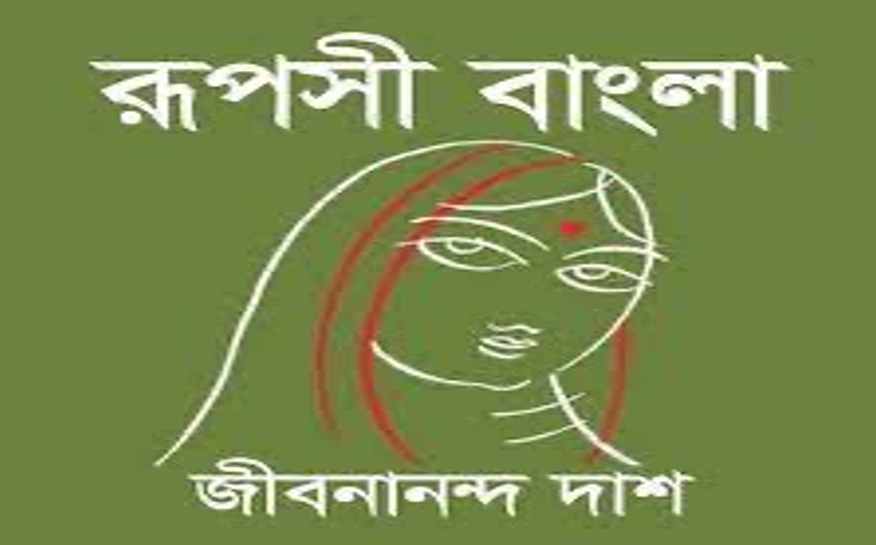
India and Bangladesh, more specifically West Bengal are more similar than we think. The language, the deep Bengali culture and songs, and literature all help us to see them as one. Major Indian stars have their original homeland in Bangladesh.
Bengali poet Jibananda Das who was originally from Barisal in Bangladesh came to Kolkata to study. Even though India and Bangladesh were separate countries then, he always saw Bengal as one region and his poem reflected them. ‘Ruposhi Bangla’, a collection of his poems describes the beauty of rural Bengal that has captivated him.
Like him, many poets, writers, and singers have sung the same tune of the unity of Bengal. Hasan Habib, Kazi Nazrul Islam, and Taslima Nasrin are a few of the Bangladeshi poets whose works are widely read in West Bengal and India. The national anthem of Bengal was written by none other than Indian master Kabiguru Rabindranath Tagore. He wrote ‘Amar Shonar Bangla’ for Bangladesh and ‘Jana Gana Mana’ for India.
In recent times, we see joint collaborations in creating Bengali cinemas. India-Bangladesh joint production movies such as ‘Padma Nadir Majhi’ (1993), ‘Moner Manush’ (2010), and ‘Shankhachil’ (2016) were widely popular in both countries. The two countries are now working on a joint production of a bio-pic on Sheikh Mujibbur Rehman, the founder of Bangladesh, which is being directed by Shyam Benegal.
50 Years Of Indo-Bangladesh Relations
The year 2021 marks the golden jubilee of the Bangladesh Liberation War. It also marks 50 years since the establishment of bilateral diplomatic ties between India and one of India’s closest neighbours, Bangladesh. When the inhabitants of the then East Pakistan (now Bangladesh) were fighting the Pakistan Army for their liberation and for their new dream nation, India was on their side. India’s support for Bangladesh’s liberation struggle was not only at the formal level but also at the people-to-people level. Therefore, when the flight of millions of people to India to escape the genocide in East Pakistan started, it reminded the inhabitants of India (in general) and West Bengal, Assam, and Tripura (in particular) of the days of Partition of the Indian subcontinent in 1947. The host communities in India in these three bordering states once again did not hesitate to accommodate the refugees from East Pakistan, and also extended their wholehearted support for the autonomy of the Bengalis in Pakistan.
Bangladesh is not just another neighbour of India; Bangladesh will always remain unique for several reasons for India. It is more than the history of the partition of the Indian subcontinent; geography will continue to dictate the destinies of India and Bangladesh as these two neighbours must remain inseparably intertwined. A similar feeling will also exist among the people of India’s Northeast as this ‘Bangladesh-locked’ region can have an entirely different future through the gateway of Bangladesh. In other words, from the perspective of India’s Northeast, Bangladesh is India’s most strategic neighbour, whom New Delhi cannot ever afford to ignore. India’s dream of the ‘Act East Policy can only be materialized with the helping hands of Dhaka. The first 50 years have consolidated the foundation of India-Bangladesh relations.
Issues: Illegal Immigration
Bangladesh abuts India on three sides, sharing 4,096 kilometers (around 2,500 miles) of the border with the Indian states of West Bengal, Assam, Meghalaya, Tripura, and Mizoram. Ever since the partition of British India in 1947, successive waves of people facing hostile conditions, persecution, intolerance, and adverse economic situations in what constitutes present-day Bangladesh have found sanctuary in India. While some of them later returned to their homes in Bangladesh, the majority chose to assimilate within India.
Illegal immigration from Bangladesh to India, which includes both refugees and economic migrants, continues unabated. There is no reliable figure on the exact number of illegal immigrants from Bangladesh in India. An analysis of population growth and demographic statistics for Bangladesh and India in the last four censuses of 2011, 2001, 1991, and 1981, however, suggests with reasonable certainty that their number exceeds 15 million. Most of them have settled in states along the border with Bangladesh, and some subsequently moved to other parts of India, including its remote corners. A large number are engaged in menial jobs in metropolitan cities in different parts of India.
It has also fueled insurgency in some of these states. In Assam, for example, the presence of a disproportionately large number of illegal immigrants from Bangladesh and erstwhile East Pakistan, and their enrollment as voters, led to a popular movement there (1979–1985) that demanded their deportation. The Indian Parliament passed the Illegal Migrants (Determination by Tribunal) Act in 1983 in an attempt to address the problem, but the measure failed to make any impact (and was ultimately set aside by the Supreme Court in 2005). The agitation culminated in the Assam Accord that was signed on August 15, 1985, by the central and state governments and leaders of the All Assam Students Union and All
Assam Gana Sangram Parishad, which spearheaded the Assam movement. The accord envisaged that all foreign nationals who had entered Assam on or after March 25, 1971—the day after the Pakistan Army began full-fledged operations against Bangladeshi civilians seeking independence, causing them to flee to India in large numbers—were to be detected, their names deleted from the electoral rolls and subsequently deported under the Foreigners Act, 1946.
This does not imply that India has no policy on refugees. In the absence of any legislation on the subject, refugee policy is based on ad hoc and undefined administrative measures. India administratively gives refugee status to asylum seekers from Tibet and Sri Lanka. Asylum seekers from other places including Afghanistan and Myanmar directly approach the UNHCR office in New Delhi. However, neither of these approaches covers Bangladeshi nationals. In fact, the genuine refugees from Bangladesh (mostly Hindus) are the worst off with no one to look after their interests.
Disputes Between India And Bangladesh
Just because India birthed Bangladesh does not necessarily signify that Bangladesh has to forever remain grateful to India nor that India should always intrude into Bangladesh’s sovereignty. The two countries have their fair share of struggles and disputes as neighbors.
The Teesta river, a tributary of the Brahmaputra, originates in the Teesta Kangse glacier and flows through the state of Sikkim and West Bengal before entering Bangladesh. After the setting up of the India-Bangladesh Joint Rivers Commission in 1972, an ad hoc arrangement for sharing of Teesta waters was made in 1983, with India receiving 39 percent of the water and Bangladesh 36 percent of it. The Teesta river issue assumed significance after the conclusion of the Ganga Water Treaty in 1996. Negotiations between India and Bangladesh on the sharing of the river waters began soon after but have made limited progress.
In 2011, India agreed to share 37.5 percent of Teesta waters while retaining 42.5 percent of the waters during the lean season between December and March. However, the deal never went through due to opposition from West Bengal Chief Minister Mamata Banerjee who strongly opposed the treaty. The sharing of the Teesta waters has been a long-standing demand of Bangladesh since the livelihood of millions is attached to the river’s water. Moreover, the constant building of dams along the Teesta in Sikkim has resulted in lean seasonal flow draining into Bangladesh. Since Bangladesh is a lower riparian country, it is naturally sensitive about transboundary river issues, and the sharing of the Teesta waters currently holds the key to improved India-Bangladesh relations.
Bangladesh’s inclination towards China: Due to India’s intransigence, Bangladesh had attempted to cultivate China and was “considering a proposal from China to dredge and embank large portions of the Teesta River so that it formed a single manageable channel.” India had opposed the project since it did not want Chinese technicians close to the “Chicken Neck” corridor near Siliguri that links mainland India to its northeast. However, leading Bangladeshi scholars have questioned India’s stance on the issue and implored Prime Minister Sheikh Hasina to go ahead with the project with the Chinese.
Conclusion
While India and Bangladesh are having been neighbors in need, they still have a lot of pressing issues to address. The growing influence of China, forest conservatism, and river water distribution channel; are the questions that need to be addressed.
There is a lot of room for India and Bangladesh to improve their bilateral relations. Cooperation, collaboration, and consolidation should be the foundations of the connection. Peace is the most important condition for progress. As a result, competent border management is required to provide a peaceful, secure, and crime-free border.
Top 13 Interesting Facts About Bangladesh
The national anthem of Bangladesh is written by Indian laureate Rabindranath Tagore even before it was formed.
Dhaka is the most densely populated city in the world.
The most important industries of Bangladesh are the textile, just, and salt industries.
Bangladesh is the 3rd largest contributor to the United Nations Peacekeeping Forces despite its geographical size.
The national flag of Bangladesh is poignant; the green represents their Islamic faith and the red circle represents the blood that was shed by the freedom fighters to give birth to their country.
Bangladesh is home to the world’s most unique mangrove forest, the Sundarbans. It is a UNESCO World Heritage site.
Bangladesh manufactures almost 90% of the textiles of the clothes sold in the USA.
The Bengal Tiger is the national animal of Bangladesh.
The world’s longest uninterrupted national sea coast is in Cox Bazar in Bangladesh.
Bangladesh has the least number of visitors every year.
Bangladesh is a disaster-prone area due to the presence of the Bay of Bengal.
Bangladesh’s oldest known city site is Mahasthangarh.
Bangladesh’s GDP has grown I’ve time and it is even higher than that of Pakistan.

